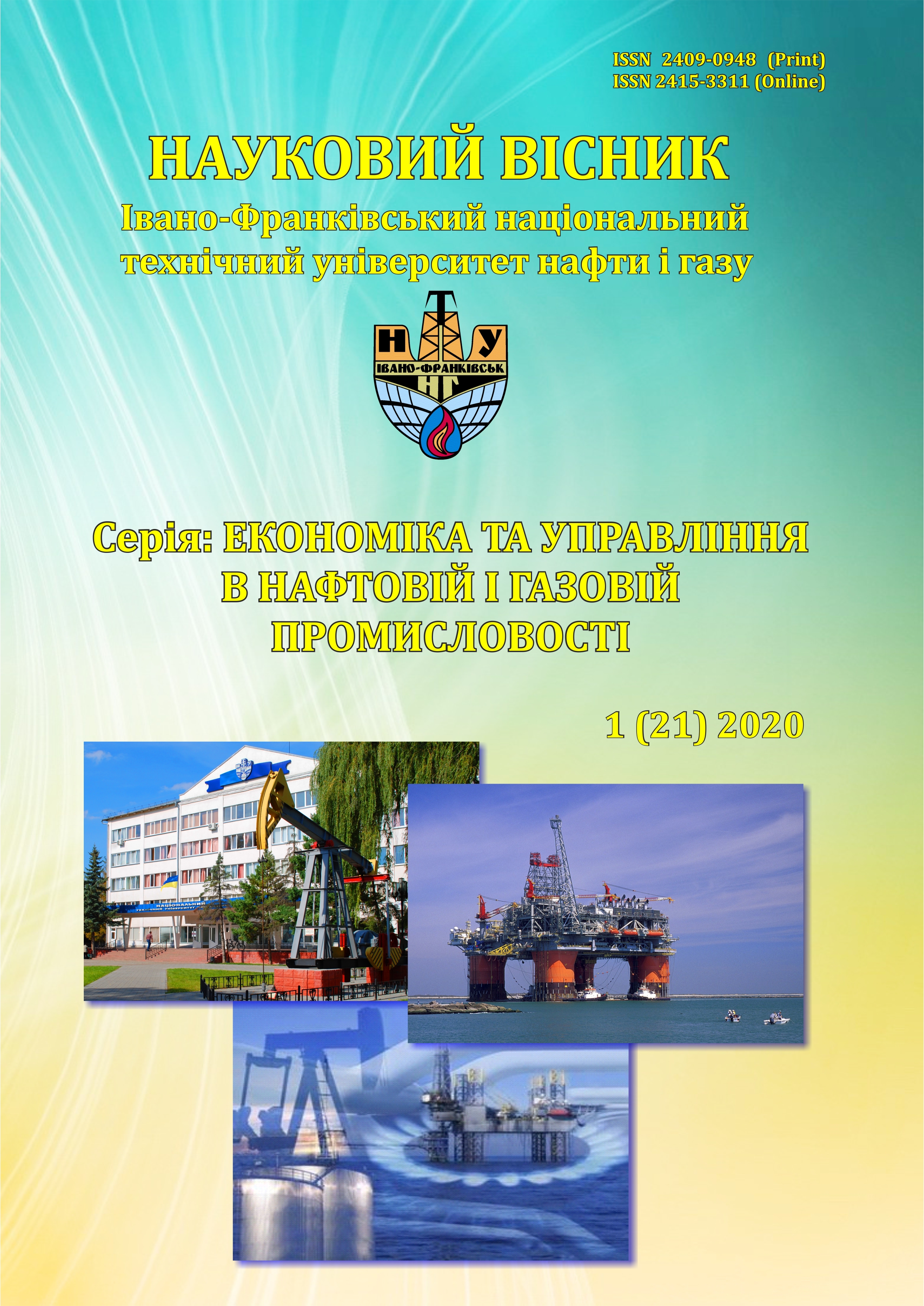PUBLIC-PRIVATE PARTNERSHIP AS A RESULT OF INTEGRATION OF THE STATE AND BUSINESS STRUCTURES
DOI:
https://doi.org/10.31471/2409-0948-2020-1(21)-94-102Keywords:
project management, management concepts, functional approach, process approach, business processes.Abstract
The article considers the tendencies of development of public-private partnership in the world and Ukraine. The specifics of the institutional conditions peculiar to different countries and the goals of interaction of the partnership participants are highlighted. Based on the analysis of the current state and experience of projects involving the mechanism of public-private partnership, it was found that in contrast to the European Union, the efficiency of its use in regions and various sectors of Ukraine's economy is quite low. The principles of integration of the state and enterprises are offered. It is substantiated that the diversity of forms and models of public-private partnership is determined by the specific institutional conditions in each country, as well as the different needs of stakeholders in a particular project and specific tasks addressed by public sector and private entities. The study of the modern conceptual and terminological apparatus of public-private partnership allowed to substantiate the criteria of differentiation and identify models of organization and participation in capital as priority areas of public-private partnership in public-private partnership, based on which organizational and legal forms of public-private partnership and mechanisms their implementation. It is proved that in modern realities the most "weak" place in terms of detailing the content and procedure are the mechanisms of public-private partnership, which is due, on the one hand, the absence or imperfection of regulations and guidelines, on the other - the uniqueness of the organization and implementation of the public-private partnership project. Therefore, the implementation mechanisms should be developed on the basis of current legislation, but taking into account foreign experience, the state of the external environment of the domestic economy and the specifics of a particular public-private partnership project. It is concluded that the functioning of new types of partnerships will increase the efficiency of infrastructure projects in the process of interaction between the state and business.
References
Guidelines for Successful Public-Private Partnership. (2008). Retrieved from: http://ec.europa.eu/regional_policy/sources/ docgener/guides/ppp_en.pdf.
National Institute for Strategic Studies (2012), “On the development of public-private partnerships as a mechanism for intensifying investment activity in Ukraine”, available at: http://old2.niss.gov.ua/articles/816/ (Accessed 29 July 2019).
Cledan Mandri-Perrott and Jyoti Bisbey. How to develop sustainable irrigation projects with private sector participation. URL: http://documents.vsemirnyjbank.org/curated/ru/
/pdf/106071-WP-PUBLIC-Irrigation-PPP-Toolkit.pdf.
Deyaki py`tannya organizaciyi zdijsnennya derzhavno-pry`vatnogo partnerstva. Postanova Kabinetu Ministriv Ukrayiny` vid 11.04.2011 № 384 Retrievedfrom http://zakon5.rada.gov.ua /laws/show/3842011%D0%BF [inUkrainian].
Pro koncepciyu rozvy`tku derzhavno pry`vatnogo partnerstva v Ukrayini na 2013-2018 roky`. Rozporyadzhennya Kabinetu Ministriv Ukrayiny` № 739-r vid 14 serpnya 2013 r. (2013). Retrievedfromhttps://zakon.rada.gov.ua/laws/show/7392013%D1%80 [inUkrainian].
Andrusiv, U., Kinash, I., Cherchata, A., Polyanska, A., Dzoba, O., Tarasova, T&Lysak, H. (2020). Experience and prospects of innovation development venture capital financing. Management Science Letters , 10(4), 781-788. doi: 10.5267/j.msl.2019.10.019
Infrastructure policy unit: 2012 PPI data update: energy sector. URL: http://documents.vsemirnyjbank.org/curated/ru/136581495091426926/Infrastructure-policy-unit-2012-PPI-dataupdate-energy-sector
Ievdokymov, V., Lehenchuk, S., Zakharov, D., Andrusiv, U., Usatenko, O & Kovalenko, L. (2020). Social capital measurement based on “The value explorer” method.Management Science Letters , 10(6), 1161-1168.doi: 10.5267/j.msl.2019.12.002
Andrusiv, U., Simkiv, L., Dovgal, O., Demchuk, N., Potryvaieva, N., Cherchata, A., Popadynets, I., Tkachenko, G., Serhieieva, O & Sydor, H. (2020). Analysis of economic development of Ukraine regions based on taxonomy method. Management Science Letters , 10(3), 515-522. doi: 10.5267/j.msl.2019.9.029
Shуlepnytskyі P.I. (2015). Kharakterystyka efektyvnosti derzhavno-pryvatnogo partnerstva [Characteristics of public-private partnership’s effectiveness] Efektyvna ekonomika [Effektive economics] (10). Retrieved from http://www.economy.nayka.com.ua/?op=1&z=4370 [inUkrainian].
Zakharina, O.V. Symonenko, L.I. and Sajkevych, M.I. (2018) “Public-private partnership as a mechanism for the development of the region's infrastructure”, Public Administration: Improvement and Development, vol. 2, available at: http://www.dy.nayka.com.ua/pdf/2_2018/32.pdf (Accessed 10 June 2019).
Downloads
Published
How to Cite
Issue
Section
License
Copyright and Licensing Terms
Copyright Statement
The authors who publish in the journal accept the following conditions:
- The authors retain the copyright and grant the journal the right of first publication, licensed with Creative CommonsCC BY-NC-SA , which permits other people to remix, transform, and build upon the material and use the material for non-commercial purposes, give appropriate credit and distribute the contributions under the same license as the original.
- The authors can conclude additional agreements on the non-exclusive distribution of the journal’s published version of the work (for example, publication of the work in electronic repositories) with an acknowledgment of its initial publication in this journal.
- The authors can upload the published articles on the Internet (for example, in electronic repositories or on web-sites), as it will stimulate fruitful scholarly discussions and increase the citation rates of the published articles.


1.png)


1.png)





